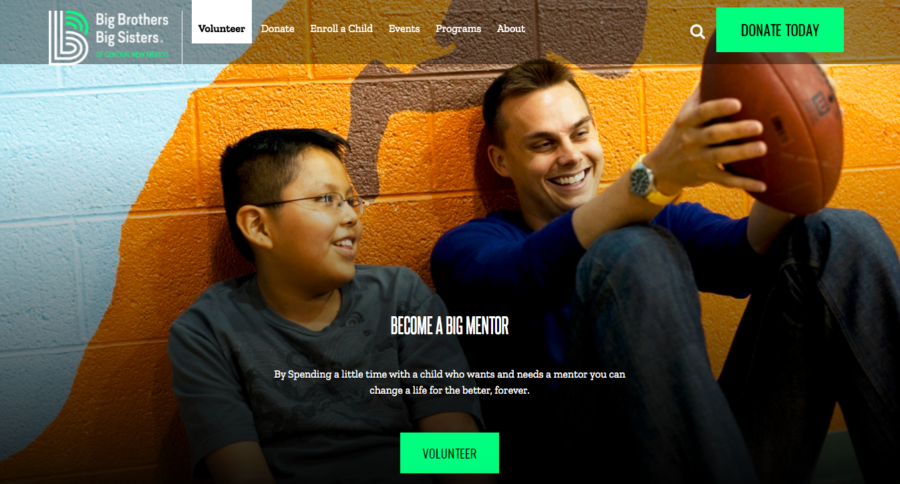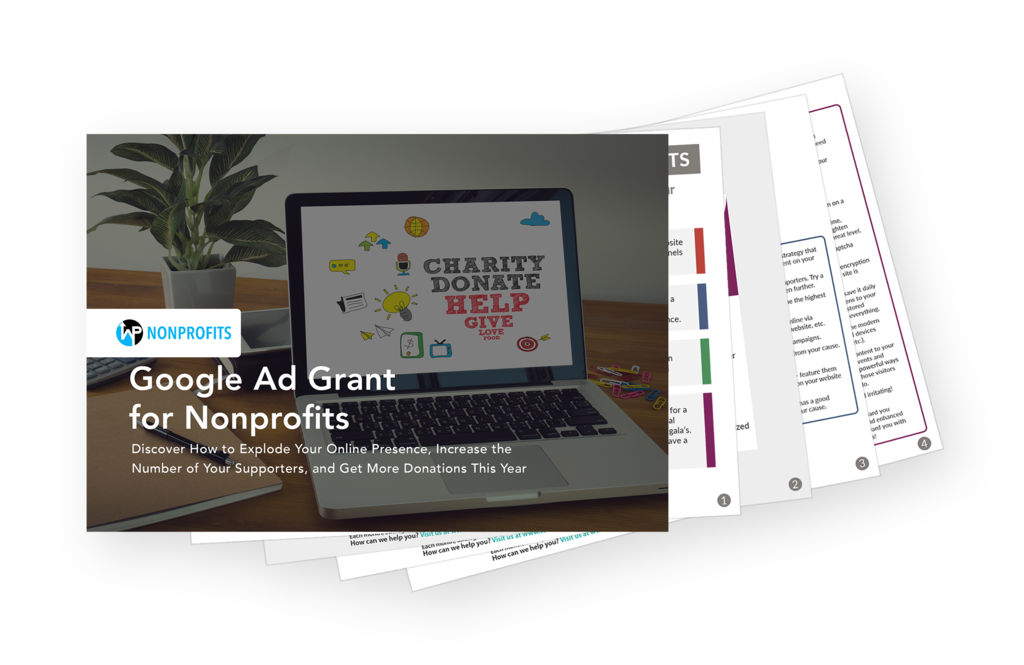

The 9 Most Needed Nonprofit Communication Tips
Nonprofit communicators naturally have so much to communicate. Using this checklist when working on your communication not only makes your message more clear, but it also makes the process way easier.
Know your audience (including donors)
To have your communication be effective, the first piece you should focus on is getting to know your audience. Understand what they want from your organization — what type of communication do they like receiving, what makes them want to be involved with your organization, why they choose to donate.
Having this clear understanding helps you better tailor your message so that you get the most results. A way to get to know your audience and donors better is to create a marketing persona (reference ours here). The persona lays out the characteristics of your target audience to help you get to know them better and create the content that speaks the most to them.
Segment your lists
This is an area that we feel especially strongly about. Segmenting your lists and communications drives conversion rates up because people are getting messages that are relevant to them. A more fitting message means a clearer call to action.
However, in order to do this, you must know your audience. For example, if you are writing appeal letters for donations, what you’d say to a monthly donor is different than what you’d say to a first-time donor. The content should reflect that, and that’s where the segmenting of your lists comes in.
To segment your lists, it helps if you have a really good CRM (Constituent Relationship Management). You can break up your lists by donation level or program interest depending on what is most applicable to your organization. As always, we recommend High Level. We use High Level for every campaign and segmenting need we have.
Optimize your content for mobile
More than 60% of supporters are looking at your website, emails, or both on mobile devices. Therefore, your website pages, emails, and graphics should all be optimized for mobile. The numbers are too high for you to be focusing on desktop only.
There are a few ways to test out your mobile content. If you are using WordPress, your site has the capability to look at how things would appear in mobile. The same goes for popular email platforms like Mailchimp and Constant Contact. Always look before you post anything because a bad mobile experience can cost you volunteers, donations, and participation.
Recognize your social media accounts serve a different purpose
Whether it’s the lack of time, resources, or experience we see so many Nonprofits using the wrong social media platform for their messages. We encourage you to check out this post for the full description of what should go where but in short:
- Facebook: Think shareable; what is most likely to be shared across Facebook. Upcoming events, fundraising, reposting blog articles, sharing a video, or going live for event promotion are all great ways to utilize the app.
- Instagram: Think visual; what message can you convey in just a picture. Post photos from events, stories while events are happening, memes that speak to your mission, go live to talk about your cause.
- Twitter: Think conversational; what will start a quick conversation. Share blog posts from your blog, relevant articles or petitions from other organizations, or reply to other’s tweets.
- Youtube: Think informational; what will speak the most to your organization’s mission in a creative and visual way. Create videos about your organization's mission, post videos from events, post educational videos. Funny/personality videos should be shared on Facebook and/or Instagram.
Use your visuals
It’s easy to get lost in a block of text in an email, letter, website page, etc. — we do it all the time and we’re content writers! Using visuals like videos, photos, and infographics helps grab the attention of the viewer. We especially recommend using visuals for storytelling.
If your privacy policy allows, tell the story of someone who needed your services or someone who donated their services. Being able to connect a name and face to a mission creates the most successful communication.
A great example of how to do this comes from Big Brothers Big Sisters of Central New Mexico on their Become A Big Mentor (below). No words were really needed, this picture spoke volumes and communicates what the organization is looking for here.

Brand your content
There’s something about branding that makes people automatically think that your organization is trustworthy. It’s no surprise, though, because consistency converts better. Seeing emails, donation forms, and pages all in uniform make this happen.
To make this happen, we recommend consulting your strategic plan. See what the plan intends your branding to be. Then, brand the needed content (we highly recommend branding everything).
If you do not have a strategic plan, it’s really important that goes on your to-do list. Sit down with the needed participants and make a goal and plans on how your communication will lead you there.
Give attention to your new email subscribers
When someone subscribes to receive your newsletter or signs up to inquire more information about your organization, something should be going out immediately in return. Your newsletter most likely goes out on a certain day and time each week or month, so having that go out right away isn’t feasible.
What you can and should do is have an automated greeting from your Executive Director or President (don’t forget to swap names when positions change) welcoming the person and letting them know ways to get involved. It’s best to keep this evergreen — avoid saying “join us June 15 for our bowling night out.” Come June 16, that message is irrelevant and our brains sometimes forget to change things.
Use volunteer calls to action such as getting involved on a committee, or check you out on social media. What seems so minute to you will seem big to the person wanting to get involved.
Test EVERYTHING — your pages, forms, links
The last thing you want is for a campaign to go live and the link you included to sign up to volunteer is wrong or broken. If you’re a marketer in any capacity you’ve been there. People get frustrated, the process takes longer, and you lose people along the way.
To avoid this happening we encourage you to get a team of either volunteers or other staff members to test everything before you send anything out. Again, it seems like such a tedious and unnecessary task, but in some situations, it’s make or break when something appears broken.
Don’t forget your mailings
In our digital age, people have seemingly written off direct mail. That is completely incorrect! There’s something about receiving a letter in the mail that is so powerful. If you can add a personal note to each (sometimes not able to happen — we respect your hands!) that’s even better.
Use paper mail for big events, annual fundraisers (segment your lists!!!), updates about your organization. We’re not suggesting a mailing every month, but we do suggest at least 3 times a year to reinforce your email communications.
Now this is all a lot to digest isn’t it?! Like we said in the beginning, having these helpful tips in your back pocket will enhance your long term success. Eventually doing this will become effortless. Until then, hang in there!















Giving Tuesday is coming! Start preparing today. | Website Development and Maintenance for Nonprofit Organizations says:
2020 Global Giving Trends | Website Development and Maintenance for Nonprofit Organizations says:
How Do I Reach Different Audiences for my Nonprofit? | Website Development and Maintenance for Non Profit Organizations says: